Others in Fort de France, Martinique
Read moreThe slaves' savannah
Museums in Trois-Îlets, Martinique
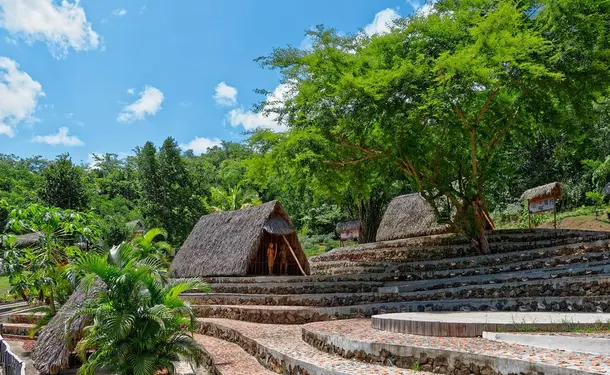
-
Lasts about 2h30
-
Phone : +596 596 68 33 91
-
Wheelchair access
- You own this tourist site and want to change its content? Contact us.
Overview
The Savane des Esclaves, a village of yesteryear
The Savane des Esclaves offers a wonderful journey back in time. The place invites us into an ancient Amerindian village with its traditional houses, typical of Martinique. Through a park of 3 hectares, you will discover a reconstruction of the authentic Creole hut.
In each hut, you will find surprising information about the daily life of yesteryear. Antique objects and furniture are displayed to help you imagine daily life and traditions.
Immerse yourself in the history of 400 years ago until the abolition of slavery. Learn more about the ancestors, but also the customs of Martinique and its natural beauty.
At the origin of the park: Gilbert Larose, a passionate guide
Gilbert Larose is the creator of the Savane des Esclaves. Passionate about the history of Martinique, he has made considerable efforts to give life to this essential place of the island. His will is to transmit the Martinican culture. The challenge is successful!
With respect for tradition and with the help of his family, Gilbert Larose has built the Savane des Esclaves in the countryside of Trois-Ilets. The project is realistic and authentic: materials and techniques of yesteryear are used to reconstitute the Creole hut. Gaulette huts and traditional huts made of original wood, cane leaf roofs, dirt paths: nothing has been left to chance to immerse yourself in an early 19ᵉ century Amerindian village.
You will discover in particular the history of the Neg Marron. He is a slave who fled the plantations and his master's property to take refuge in nature. Together, these slaves freed from their chains created a way of life with specific customs and a local language.
The visit: discover the exciting history of the slaves
25 traditional huts await you. Around, a creole garden and a medicinal garden are also open to the public. An explanatory video full of information is proposed at the beginning of the visit.
Then you will be free to follow a guided tour or to wander around without a guide. Armed with a map, you can explore the park as you wish, at your own pace. The many information panels will help you better understand the way of life in the past.
The route starts at Rue Case-Nègres. These are the oldest, rudimentary dwellings, made of wood and reeds. Enter the different huts to learn how cassava flour, sugar and cocoa were made. Continue the walk towards the Village Antan lontan, dedicated to the traditional huts built after the abolition of slavery. They show the evolution of construction techniques. The materials used are more elaborate: cob, worked ti-baume wood and latanier leaves for the roof...
During the visit of the village you will discover the exceptional knowledge of the slave, acquired in the nature. In the Creole garden, try to recognize the basic foodstuffs of yesteryear: sweet potatoes, corn, chili peppers, guava... A healthy culture to live independently!
In addition to the guided tours, you can learn about other West Indian traditions through fun and educational workshops.
The Savane des Esclaves is a magical place, on the rural heights of Trois-Ilet. A place that reflects Martinique: admirable and fascinating. Are you ready for a stroll through time to listen to the poignant history of the island's ancestors?
What to expect
21 photos

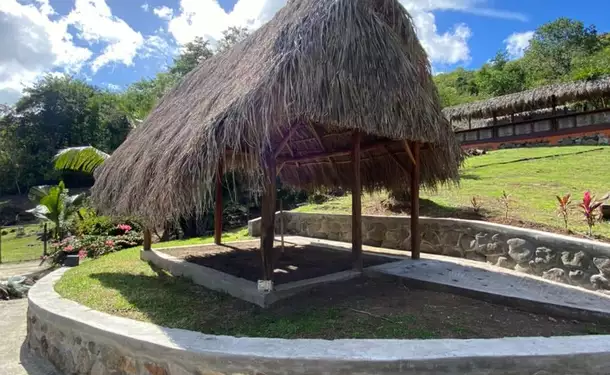
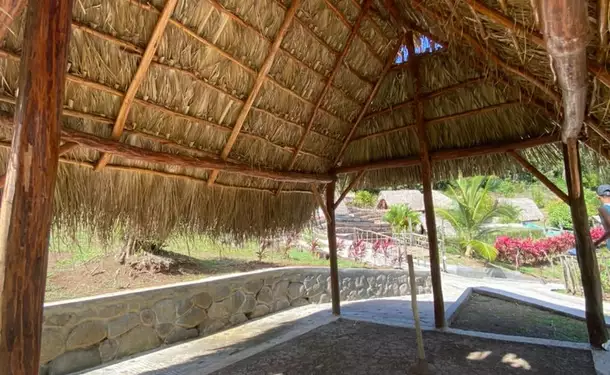
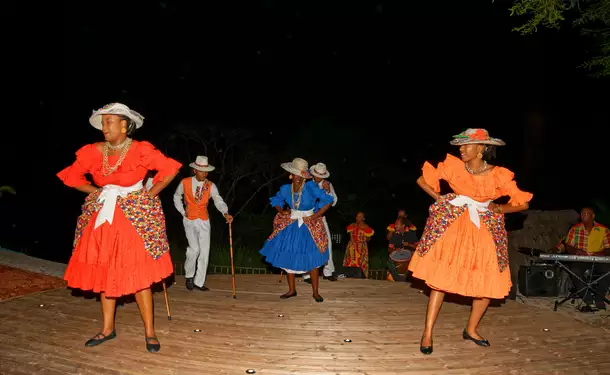
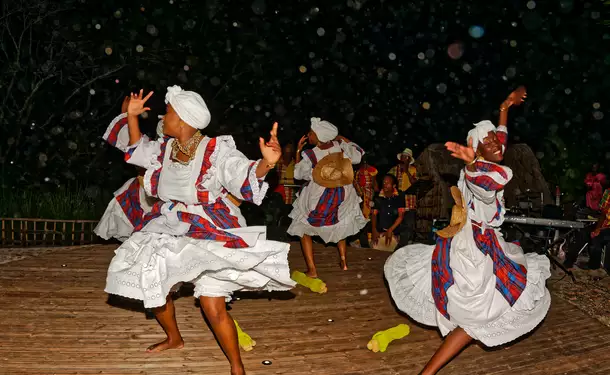
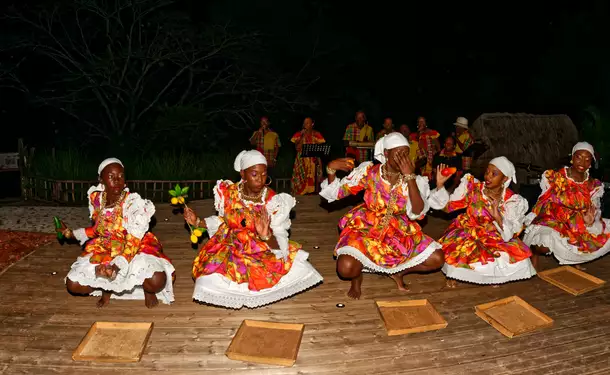
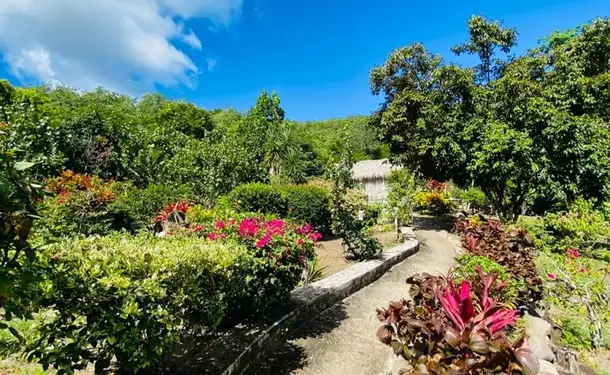
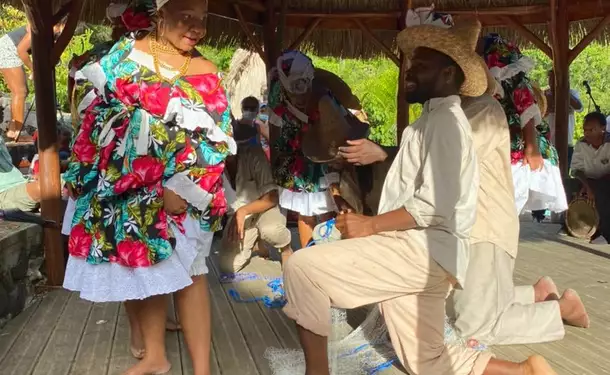
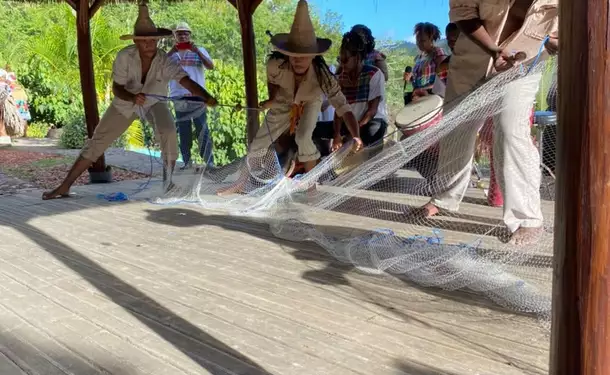
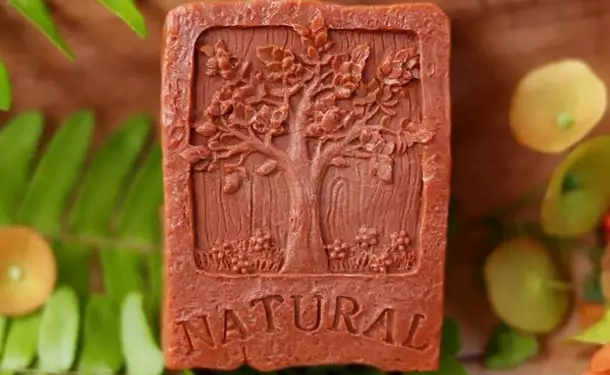
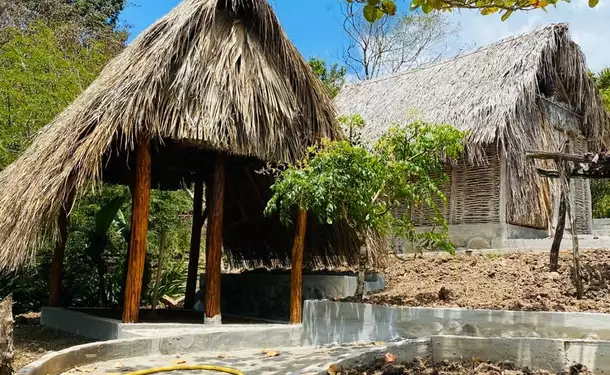
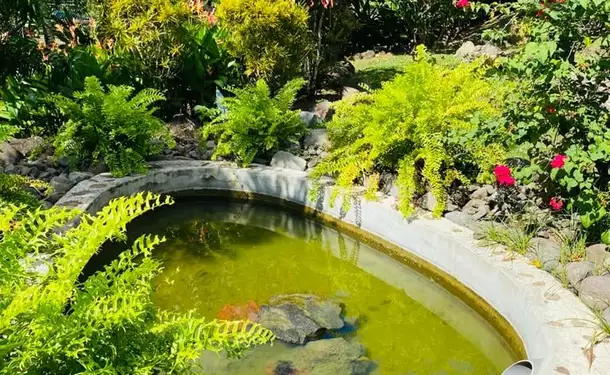
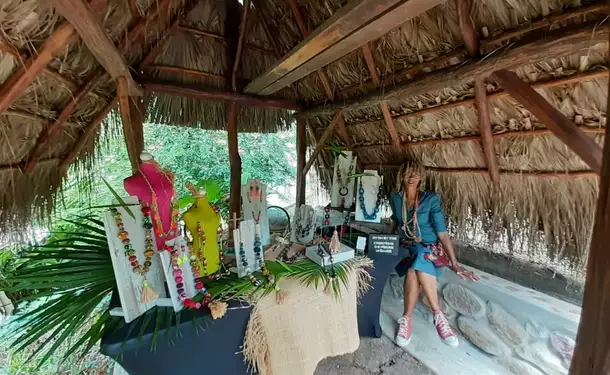
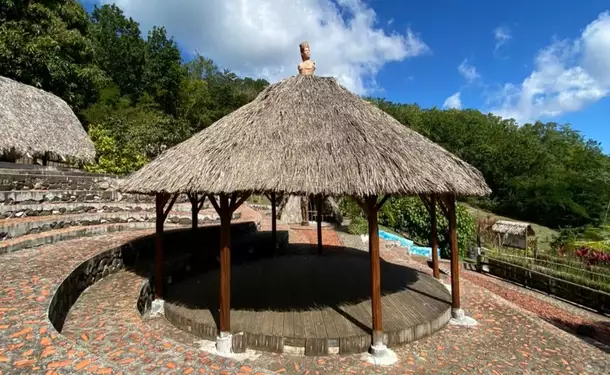
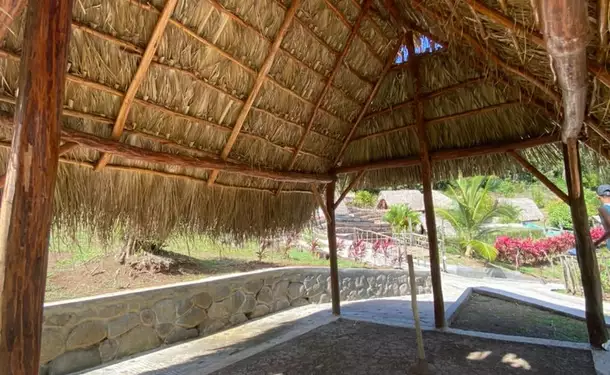
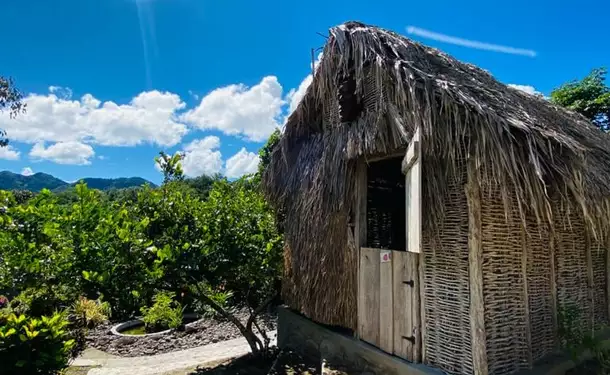
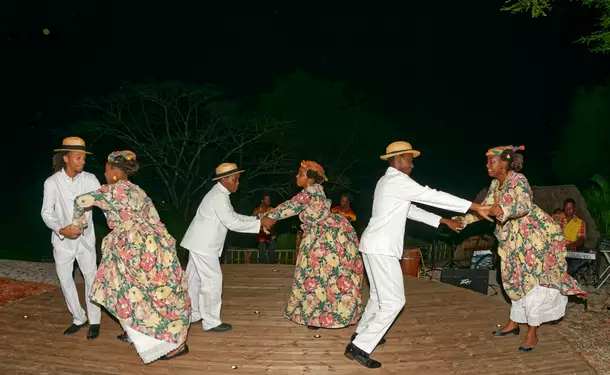
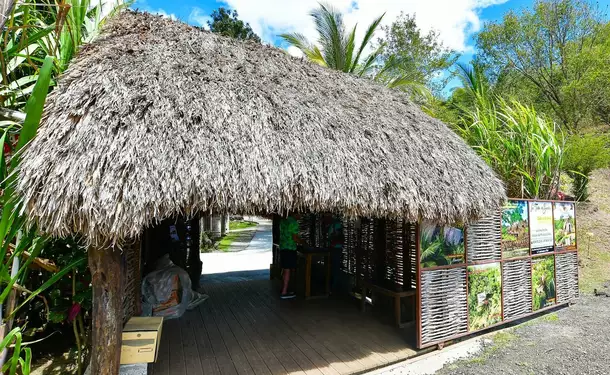
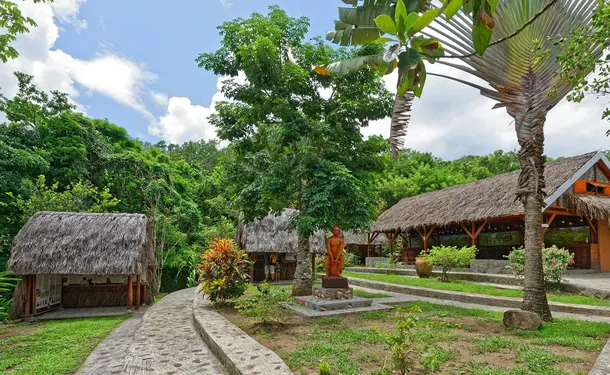
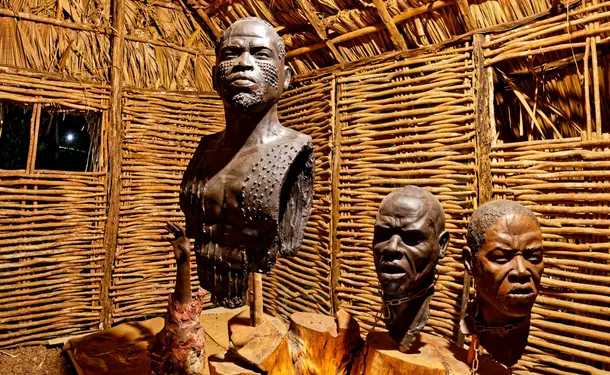
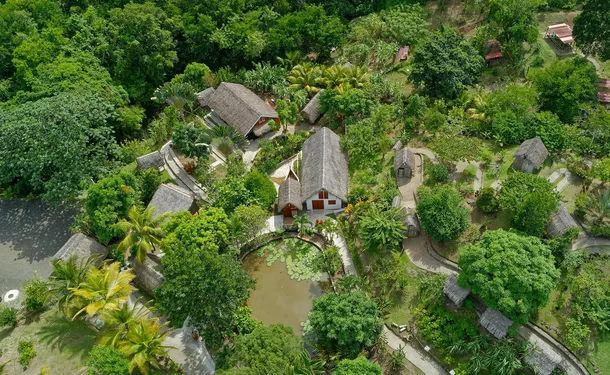
The museums of the island of Martinique
- The Chateau Dubuc and its micro-museum
- The Bernard David Museographic Space
- The Museum of Popular Arts and Traditions
- The Father Pinchon Museum
- The Fishing Museum
- The Volcano House
- The Earth Sciences Discovery Centre
- The House of Cane
- The Ecomuseum of Martinique
- The slaves' savannah
- The Sugar Factory and Distillery Le Galion
- The Rum Museum
- Departmental Museum of Archaeology and Prehistory of Martinique
- The Banana Museum
- Regional Museum of History and Ethnography of Martinique
- Sea Museum of Martinique
- Memorial of the 1902 Catastrophe
- The Pagerie Museum
Other sites in Martinique
Some activities to do in Martinique
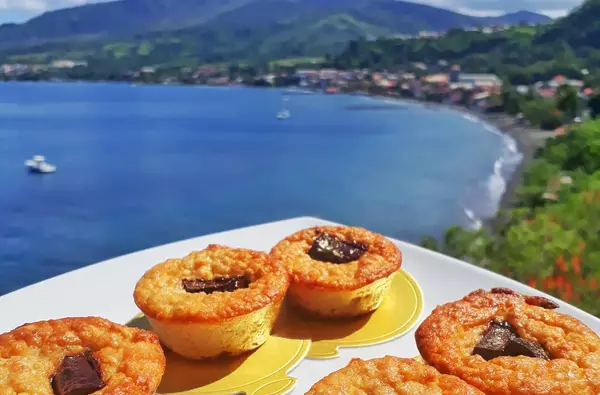
89 €/adulte - lasts 5h
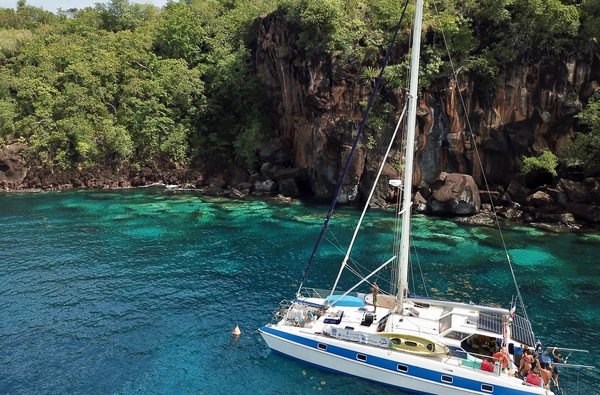
89 €/adulte - lasts 7h30
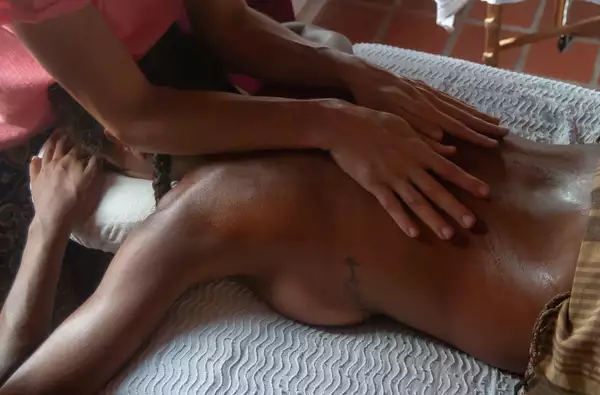
80 €/adulte - lasts 1h

65 €/adulte - lasts 4h









































